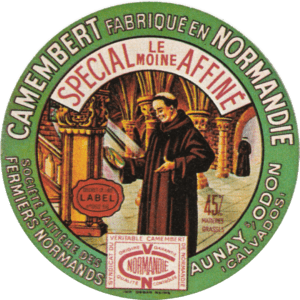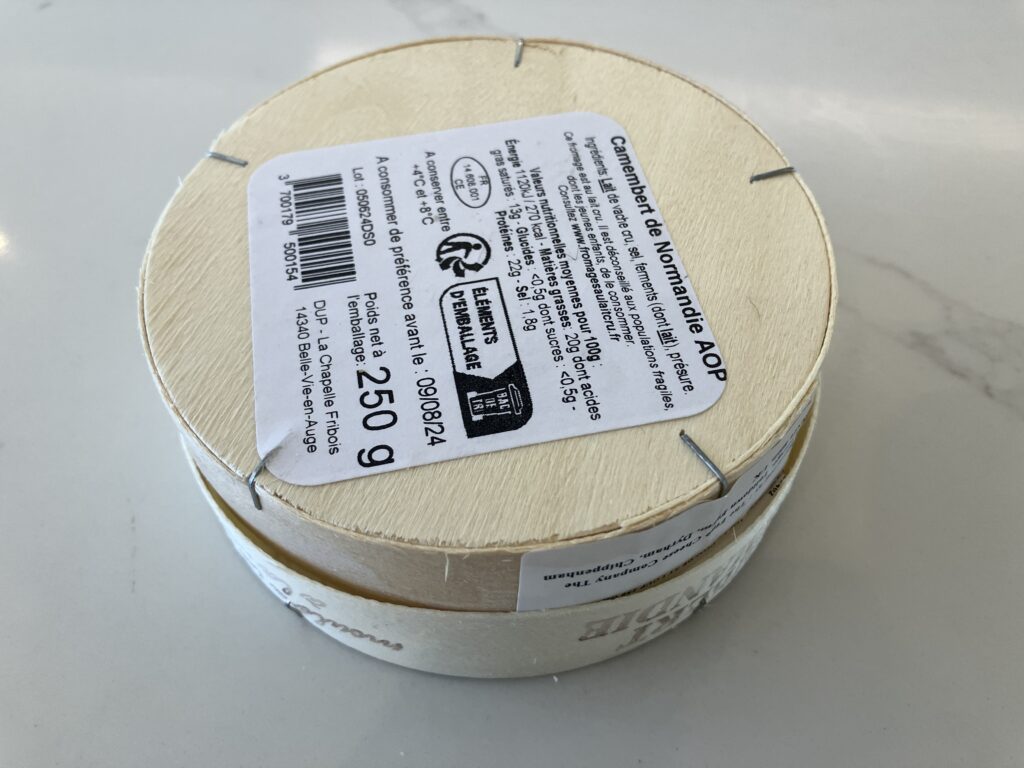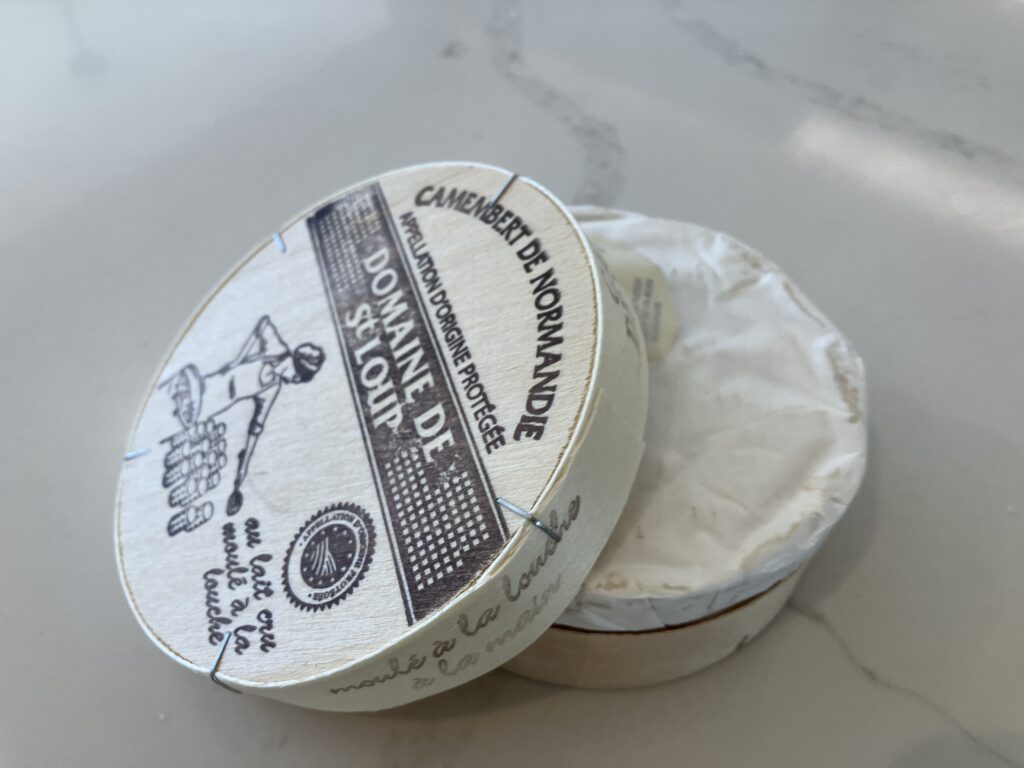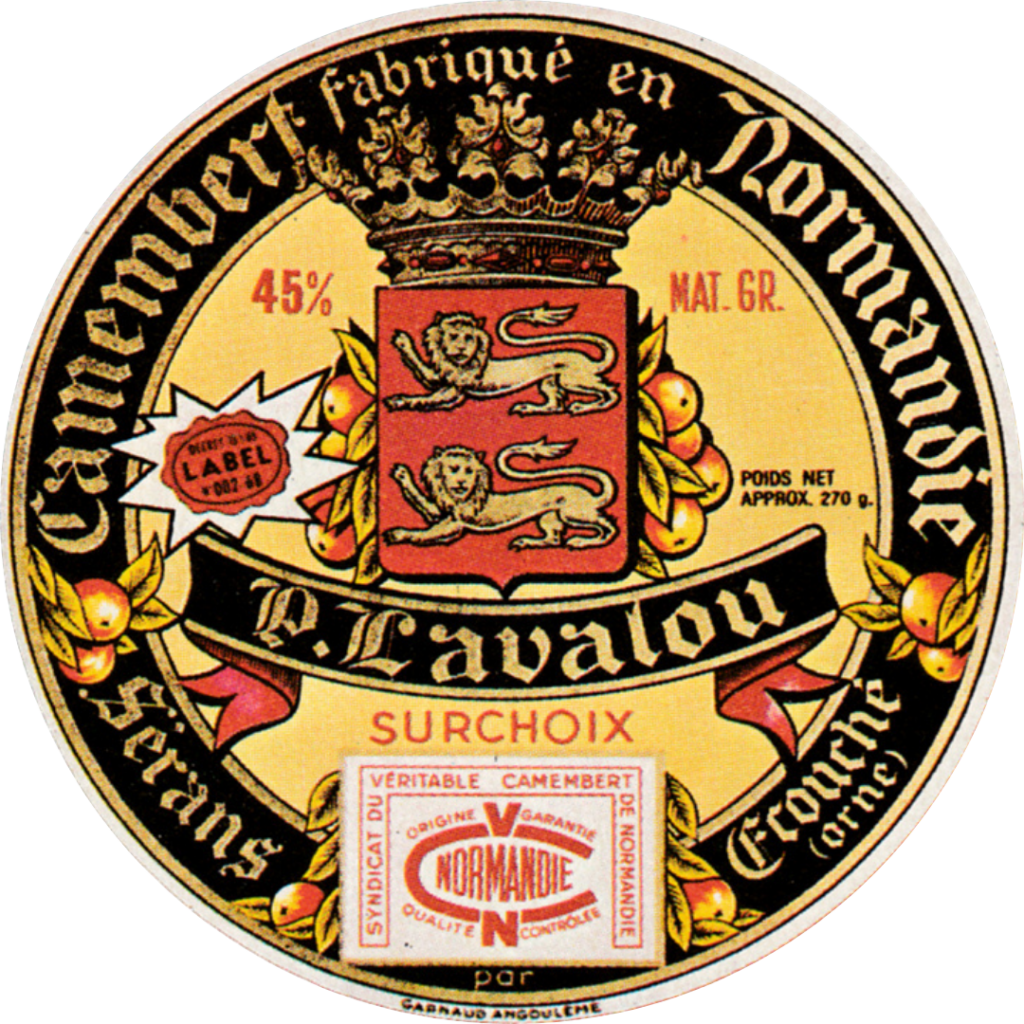Léon-Paul Fargue’s ode to Camembert:
Camembert, poetry,
Bouquet of our meals,
What would become life,
If you did not exist?

But what where it be without its famous box?
(He also said camembert smells like the “Feet of God” !)
The Camembert Box
Was it the cheese or its convenient and photogenic box that made camembert everyone’s favourite soft cheese?












Camembert, the classic mould ripened cheese from Normandy is one of France’s most iconic exports. As I heard the under ambassador at the French embassy last week say, cheese is part of France’s soft power. In camembert’s case, the softer the better, but that makes it fragile, and that used to be a problem.
The rise of Camembert as a global favourite was critically enabled by the humble invention of the Camembert box. The round 4inch diameter box allowed little camembert to overtake it’s other French soft cheese cousins in becoming the big cheese across France and eventually the world. French production is 60-80,000 tonnes per annum. Brie, its next competitor, is less than half that.
Origins of Camembert Cheese
Camembert cheese originates from the village of Camembert in the Normandy region of France.
It is widely believed that Camembert was first created in 1791 by Marie Harel, a farmer’s wife.
She was said to have been taught the recipe by a priest from Brie (a 3kg cheese with similar characteristics but hundreds of years older) on the run during the French Revolution.

During the 19th century, Camembert remained a regional product, typically made by small-scale producers for local consumption. Transportation methods, packaging (straw or cloth) and preservation techniques were pretty poor, limiting the range of distribution for perishable items like cheese. As a result, much of the cheese produced in rural France was consumed locally.
The Invention of the Camembert Box









Several methods from other cheeses were tried to get camembert safely on the road, such as spruce boxes, but they didn’t catch on.
The invention of the Camembert box is typically credited to Eugène Ridel, a carpenter from Vimoutiers, a small town near Camembert, around 1890. Ridel’s idea was simple yet transformative: a small round box made of thin, lightweight poplar wood. A sawmill owner Georges Leroy was involved, and making camembert boxes made it one of the biggest in Normandy.















The box’s extreme lightness and robust structure makes it affordable and effective. But it also allowed the cheese to breath, and hence mature and improve during its journey rather than spoil.
Festival Cheese
Camembert is my favourite cheese for taking to festivals.
Not only will it survive being put in your rucksack, and flourish in the chill of the festival evening, when you’ve lost your way in a sea of tents you can smell your way home.

Share the curd and I guarantee you Instagram hits from friends and neighbours alike.
Cheese Rations
The Camembert box also played an unexpected role during World War I.
French soldiers were often supplied with Camembert as part of their rations, thanks to its relatively long shelf life when stored in its wooden box. The cheese became a comfort food for soldiers on the front lines.
After the war, many veterans returned home with a newfound appreciation for Camembert.

Long-Distance Trade
The introduction of the wooden box allowed Camembert to be shipped from Normandy to Paris and other major cities, where it rapidly gained popularity among the urban population. This coincided with rail networks expanding across France in the 19th century, allowing our happy little camemberts to spread to peasant and royalty alike.

The Camembert Label
With the practicality of the box, it didn’t take long for the French artistic nature to decorate the boxes with fancy and unique labels.
With the advent of the box, producers began to print labels directly onto the packaging, which allowed them to differentiate their products from competitors. These labels often featured decorative artwork that evoked the pastoral beauty of Normandy.









Tyrosemiophiles
This has led to a unique for a collector – the tyrosemiophile – who see the branding as art.
This development in branding was crucial, as it allowed consumers to identify specific producers and regions, fostering a sense of loyalty and bucolic love of home. The labels became an essential part of the cheese’s marketing, conveying authenticity and artisanal quality. The iconic image of the Camembert box—with its round shape and colourful label—has become synonymous with the cheese itself.



